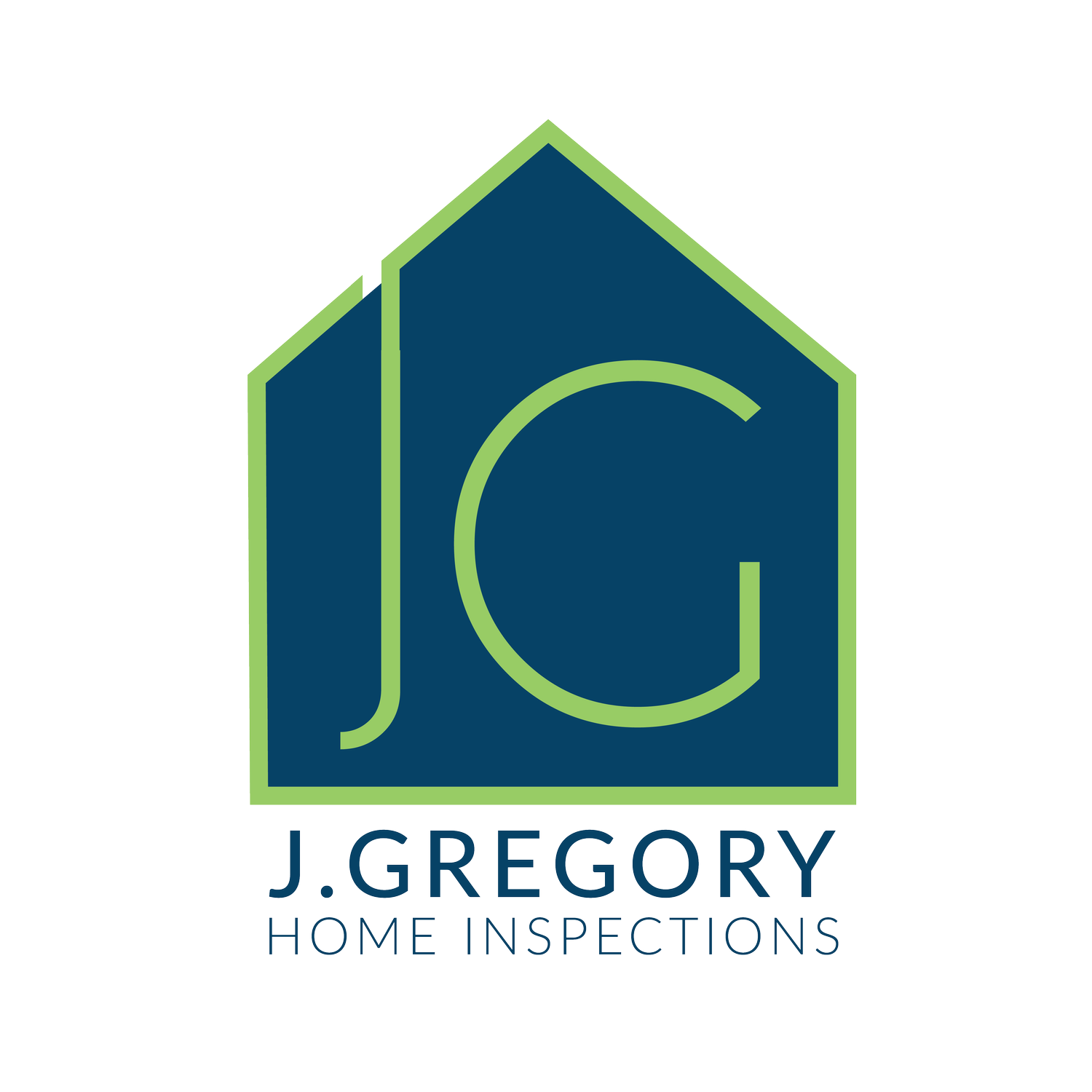Common Electrical Deficiencies Unearthed During Home Inspections
When purchasing a home, one of the most critical steps in the process is the home inspection. Among the many aspects scrutinized, electrical systems often take center stage. Electrical deficiencies, if left unnoticed, can pose safety hazards and financial burdens for homeowners. From outdated wiring to faulty outlets, the list of potential issues is extensive. Here, we unravel some of the most prevalent electrical deficiencies unearthed during home inspections.
1. Overloaded Circuits: Overloaded circuits occur when the demand for electricity exceeds the capacity of the circuit. This commonly happens in older homes that were not designed to handle modern electrical loads. Signs of overload include tripping circuit breakers, flickering lights, or warm electrical outlets.
2. Outdated Wiring: Homes with outdated electrical wiring, such as knob-and-tube or aluminum wiring, are at a higher risk of electrical fires. Knob-and-tube wiring, prevalent in homes built before the 1950s, lacks a ground wire and may not meet current electrical code standards. Similarly, aluminum wiring, used in the 1960s and 1970s, is prone to corrosion and overheating.
3. Faulty Outlets and Switches: Defective outlets and switches are not only inconvenient but also hazardous. Common issues include loose outlets, which can lead to arcing and electrical fires, and malfunctioning switches, which may indicate internal wiring problems.
4. Lack of Ground Fault Circuit Interrupters (GFCIs) and Arc Fault Circuit Interrupters (AFCIs): GFCIs and AFCIs are crucial safety devices designed to prevent electrical shocks and fires, respectively. GFCIs detect ground faults and quickly shut off power to the circuit, while AFCIs detect dangerous arcing conditions. Homes lacking these devices, especially in kitchens, bathrooms, and bedrooms, may fail to meet current safety standards.
5. Inadequate Electrical Panel: An outdated or undersized electrical panel cannot effectively distribute electricity throughout the home. Symptoms of an inadequate panel include frequently tripped breakers, overheating, or visible signs of corrosion.
6. DIY Electrical Work: While a homeowner's enthusiasm for DIY projects is commendable, amateur electrical work can have dire consequences. Improperly installed wiring, mismatched components, and non-compliant modifications pose significant safety risks and may violate building codes.
7. Insufficient Outdoor Wiring: Outdoor electrical systems are exposed to harsh environmental conditions, requiring robust wiring and appropriate protection. Deficiencies in outdoor outlets, lighting fixtures, and ground fault protection can compromise safety and functionality.
8. Inadequate Surge Protection: With the proliferation of sensitive electronic devices in modern households, surge protection is more critical than ever. Homes without adequate surge protection measures are vulnerable to damage from power surges caused by lightning, utility grid fluctuations, or electrical faults.
9. Lack of Smoke and Carbon Monoxide Detectors: While not directly related to electrical systems, the absence or malfunction of smoke and carbon monoxide detectors poses grave risks to occupants. These devices should be properly installed and interconnected to ensure early detection of hazards.
10. Inadequate Accessibility: Accessibility to electrical panels, outlets, and other components is essential for maintenance and emergency situations. Blocked or obstructed access points can impede safety inspections and repairs.
Electrical deficiencies uncovered during home inspections underscore the importance of thorough evaluation and maintenance of electrical systems. Addressing these issues promptly not only enhances safety but also preserves the value and livability of the home. Homebuyers and homeowners alike should prioritize electrical inspections and enlist the expertise of qualified professionals to rectify any deficiencies promptly. After all, a safe and reliable electrical system is the cornerstone of a comfortable and secure home environment.


